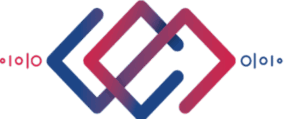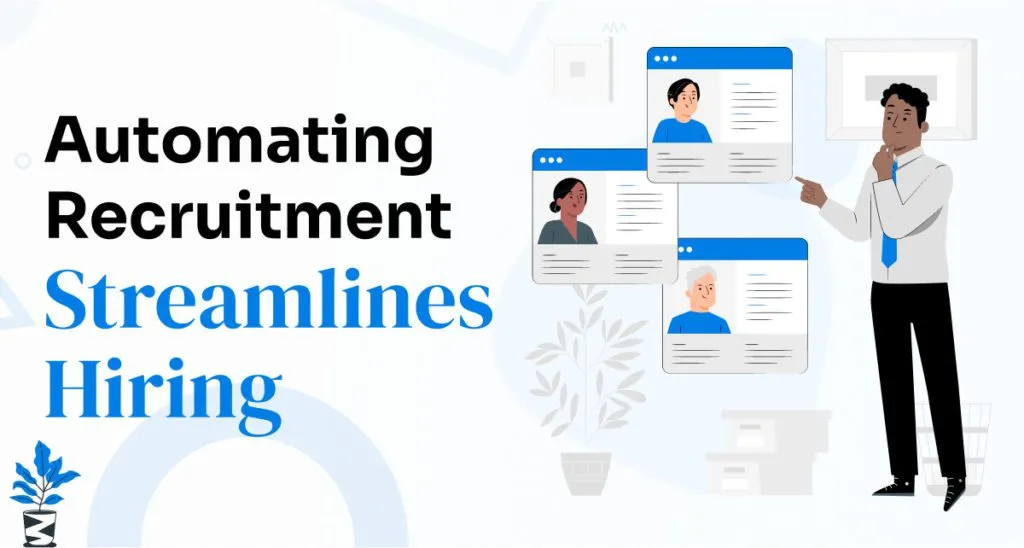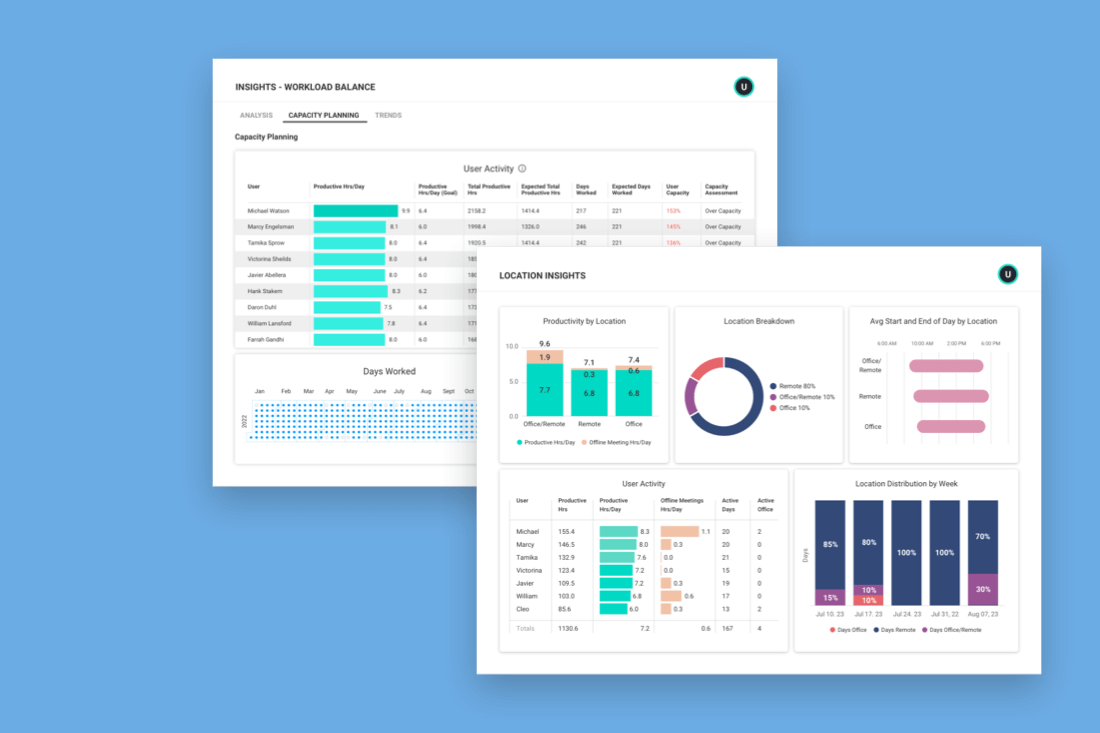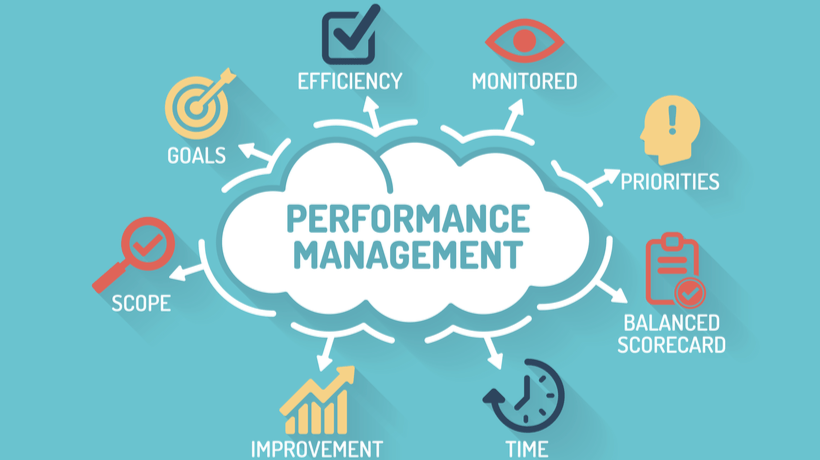Workforce analytics is transforming the way organizations plan, manage, and grow their teams. By collecting and analyzing employee-related data, companies can uncover performance insights, improve talent strategies, and build a more efficient workplace. In today’s fast-changing business environment, using analytics is a strategic advantage—not just a trend.
As a trusted technology leader, Singleclic supports enterprises with advanced analytics, HR tech solutions, and digital transformation services that empower smarter workforce decisions.
What Is Workforce Analytics?
Workforce analytics refers to the process of using data, statistical models, and predictive tools to understand workforce behavior and performance. It helps businesses identify trends in:
- Productivity
- Employee engagement
- Recruitment and turnover
- Skills gaps
- Workforce planning and forecasting
By leveraging accurate data, companies can make confident HR decisions instead of relying on assumptions.
Why Using Analytics to Understand Workforce Trends Matters
Workforce trends change rapidly due to technology shifts, generational differences, hybrid work models, and industry demands. Analytics enables organizations to:
1. Improve Employee Performance
Identify top performers, training needs, and performance barriers.
2. Reduce Turnover
Pinpoint why employees leave and implement targeted retention strategies.
3. Optimize Hiring Decisions
Use data to find the best-fit candidates and reduce hiring costs.
4. Strengthen Organizational Planning
Forecast talent needs and prepare for future workforce challenges.
5. Enhance Employee Engagement
Analyze feedback, satisfaction scores, and behavior patterns to improve workplace culture.
Types of Workforce Analytics
Understanding workforce trends requires multiple types of analytics. The most common include:
1. Descriptive Analytics
Explains what has already happened (e.g., turnover rates, attendance patterns).
2. Diagnostic Analytics
Explores why something happened (e.g., reasons for declining productivity).
3. Predictive Analytics
Forecasts future trends (e.g., which employees may leave within 6 months).
4. Prescriptive Analytics
Recommends actions to achieve the best outcomes (e.g., training programs to improve skills gaps).
Real-World Examples of Using Analytics to Understand Workforce Trends
Here are practical examples businesses use today:
✔ Turnover Prediction Models
HR teams identify high-risk employees before they leave.
✔ Skill Gap Analysis
Organizations map employee capabilities to future business needs.
✔ Scheduling Optimization
Analytics helps reduce overtime, fatigue, and staffing shortages.
✔ Performance Dashboarding
Leaders monitor KPIs such as task completion rates and training progress.
✔ Healthcare Workforce Analytics (Highly Searched)
Hospitals track nurse-patient ratios, burnout risks, and capacity to improve patient outcomes.
How Workforce Analytics Is Transforming HR in 2025
The modern workplace demands faster, data-first decision-making. Trends shaping the future include:
Predictive HR Models
HR leaders anticipate workforce needs instead of reacting to issues late.
AI-Powered Workforce Tools
Automated insights boost accuracy and reduce manual admin work.
Hybrid Workforce Planning
Analytics helps balance remote and on-site teams for efficiency.
Skills Intelligence Platforms
Companies use AI to map skill shortages and design targeted learning paths.
Workforce Analytics Tools Companies Use
Businesses rely on a variety of tools to gather and analyze workforce data, such as:
- SuccessFactors Workforce Analytics
- Workday Analytics
- Oracle HCM Cloud Analytics
- Microsoft Power BI for HR
- Tableau Workforce Dashboards
- Custom-built analytics platforms by Singleclic
These tools help HR teams turn complex data into clear insights that influence strategic decisions.
How Singleclic Helps Organizations Transform Workforce Analytics
Since 2013, Singleclic has been a leader in delivering advanced IT, cloud, HR tech, and analytics solutions across the Arab region. Our workforce analytics services include:
• Custom HR Dashboards & Reporting
Real-time dashboards for performance, attendance, and engagement.
• Predictive HR Modeling
Forecast employee turnover, skill gaps, and workforce demands.
• Cloud-Based Workforce Management Systems
Secure and scalable solutions for HR digital transformation.
• Integration With ERP, CRM & Low-Code Platforms
Seamless automation of HR and business workflows.
• Consulting & 24/7 Technical Support
Expert teams available across Egypt, UAE, and Saudi Arabia.
📞 Contact Singleclic:
+2 010 259 99225 / +971 42 475421 / +966 58 1106563
🌐 Website: https://singleclic.com/
Internal Link (SEO Optimization)
For deeper insights about HR technology and digital transformation, check this related guide:
👉 HR Tech & Workforce Transformation – How Modern Technology Is Reshaping the Future of Work
Conclusion
Using analytics to understand workforce trends is no longer a luxury—it’s a strategic necessity. From forecasting talent needs to improving performance and engagement, workforce analytics gives organizations the clarity they need to build a stronger and more efficient future.
With Singleclic’s advanced HR, cloud, and analytics solutions, businesses can unlock smarter decisions, optimized operations, and sustainable growth.









